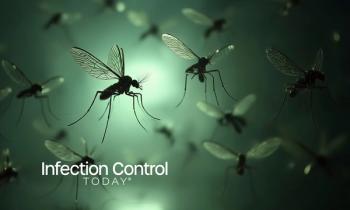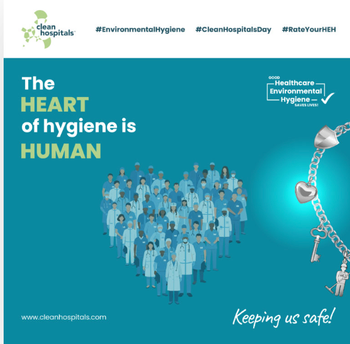
Physical Barriers May be More Effective than Drugs to Prevent Pandemics
Physical barriers, such as regular handwashing and wearing masks, gloves and gowns may be more effective than drugs to prevent the spread of respiratory viruses like influenza and SARS, concludes a study published on bmj.com today.
The findings come as the UK government announced it is doubling its stockpile of antiviral medicines in preparation for any future flu pandemic. But the researchers believe that these simple, low cost physical measures should be given higher priority in national pandemic preparation. The world is increasingly concerned about global pandemic viral infections such as avian influenza and SARS, write professor Chris Del Mar and colleagues.
Mounting evidence suggests that the use of vaccines and antiviral drugs will be insufficient to interrupt the spread of influenza. Nor are there any agent-specific drugs for other viruses. Yet, despite clear evidence of a link between personal and environmental hygiene and infections, there have been no comprehensive reviews of this evidence. So they reviewed 51 published studies on the effect of simple physical means of preventing respiratory infections.
They included any intervention to prevent viral animal-to-human or human-to-human transmission of respiratory viruses (isolation, quarantine, social distancing, barriers, personal protection and hygiene) compared with do-nothing or with another intervention. They excluded vaccines and antiviral drugs. Differences in study design and quality were taken into account to minimize bias.
They found that handwashing and wearing masks, gloves and gowns were effective individually in preventing the spread of respiratory viruses, and were even more effective when combined (only three patients would need to be treated in this way to prevent one case of respiratory disease).
In fact, say the authors, combining these measures may be more effective than prescribing antiviral drugs in the event of a pandemic. However, the effect of adding antiseptics to normal handwashing to reduce respiratory disease remains uncertain.
Only a handful of studies evaluated the effect of highly resource-intensive measures such as screening at entry ports and social distancing, so do not allow us to reach any firm conclusions, they add. However, a recent analysis of historical and archival US data from the 1918-1919 influenza pandemic suggests an effect of social distancing measures such as school closures and public gathering bans.
Despite the study limitations, this systematic review of available research does provide some important insights, they write. For example, simple public health measures appear to be highly effective, especially when they are part of a structured program including education, and when they are delivered together. There is therefore a clear mandate to carry out further large trials to evaluate the best combinations.
In the meantime, they recommend implementing a combination of frequent handwashing (with or without antiseptics), barrier measures (gloves, gowns, and masks), and isolation of people with suspected respiratory tract infections to reduce the transmission of respiratory viruses. These simple, low-cost physical measures should be better evaluated, and given higher priority in national pandemic preparation, they conclude.
Because pandemic flu is such a potentially catastrophic event, governments worldwide should have commissioned such a study many years ago, says an accompanying editorial. Governments should continue to fund research to confirm these findings and to investigate other areas of uncertainty that it identifies in the management of people with suspected influenza.
Source: British Medical Journal
Newsletter
Stay prepared and protected with Infection Control Today's newsletter, delivering essential updates, best practices, and expert insights for infection preventionists.





